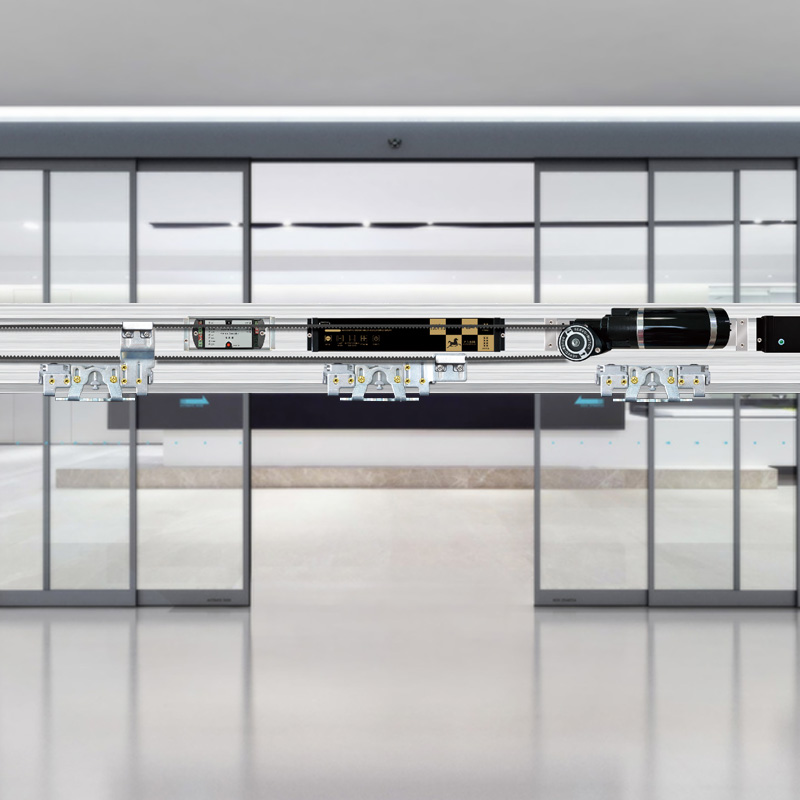What safety features are typically incorporated into automatic sliding door opener systems to prevent accidents or injuries?
Automatic sliding door opener systems have become ubiquitous in various settings, including commercial buildings, hospitals, airports, and retail establishments, due to their convenience and ease of access. However, ensuring the safety of users is paramount when implementing these systems. To address this concern, automatic sliding door opener systems are equipped with several safety features designed to prevent accidents or injuries. Let's explore some of the typical safety features incorporated into these systems:

1. Motion Sensors:
Motion sensors are essential safety features in automatic sliding door opener systems. These sensors detect movement in the door's vicinity and trigger the door to open or remain open, preventing collisions with individuals or objects in its path. Advanced motion sensors can adjust the door's opening and closing speed based on the proximity and speed of approaching individuals, ensuring smooth and safe operation.
2. Presence Sensors:
Presence sensors complement motion sensors by detecting the presence of individuals in the door's path, even if they are stationary. These sensors ensure that the door remains open as long as someone is within the detection range, reducing the risk of accidental door closures and ensuring safe passage for users, especially in crowded environments.
3. Safety Sensors:
Safety sensors are crucial components of automatic sliding door opener systems, providing an additional layer of protection against accidents or injuries. These sensors use infrared or laser technology to detect obstructions in the door's path, such as people, pets, or objects. If an obstruction is detected, the door automatically stops or reverses its direction to prevent collisions, minimizing the risk of accidents or injuries.
4. Emergency Stop Buttons:
Emergency stop buttons are installed near automatic sliding doors to allow users to immediately halt the door's movement in case of an emergency or safety concern. These buttons provide a quick and accessible means of stopping the door to prevent accidents or injuries, ensuring the safety of users in potentially hazardous situations.
5. Low-Energy Settings:
Some automatic sliding door opener systems feature low-energy settings that reduce the door's opening and closing force, making them safer for use in environments with vulnerable populations, such as children, elderly individuals, or individuals with disabilities. Low-energy settings help minimize the risk of injuries from door impacts, providing added safety and peace of mind.
6. Manual Override:
In the event of a power outage or system malfunction, automatic sliding door opener systems may include manual override mechanisms that allow users to operate the doors manually. Manual override ensures that users can still open or close the doors safely, even in emergency situations when the automated system is not functioning properly.
Conclusion:
Automatic sliding door opener systems are equipped with a variety of safety features to prevent accidents or injuries and ensure the safety of users. From motion sensors and presence sensors to safety sensors, emergency stop buttons, low-energy settings, and manual override mechanisms, these safety features work together to create a safe and secure environment for individuals accessing buildings or facilities. By incorporating these safety features into automatic sliding door opener systems, property owners and facility managers can prioritize user safety and minimize the risk of accidents or injuries associated with automated door operation.







